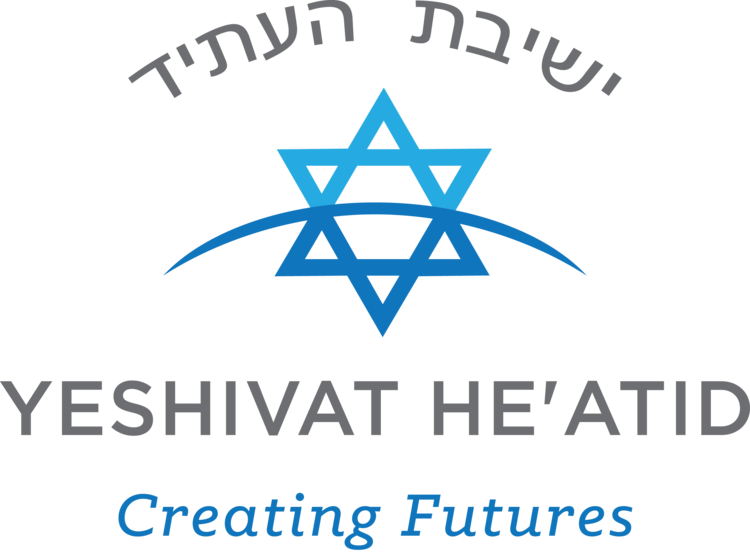The New York Times Doesn’t “Get” Blended Learning
A recent front-page article in The New York Times, entitled “In Classroom of Future, Stagnant Scores,” has generated a lot of buzz surrounding the benefits and pitfalls of incorporating technology into the classroom. The article highlights a key point that we, the founders of Yeshivat He’Atid, have stated over and over again: a SMART board is just a fancy blackboard if teachers aren’t trained to use it in new and innovative ways that allow for differentiation in the classroom. As Clayton Christensen has written in his must-read book, “Disrupting Class,” technology on its own simply adds a layer of expenses within our classrooms. That’s why it’s so critical that we build out Yeshivat He’Atid’s blended learning model with the help of experts in the field, so that the technology is instituted within a framework that allows the school to benefit from the robust use of data to provide more customized instructional activities for each of our students while also reducing costs. Below is a sampling of thought-provoking responses to the article from educators working in both the Jewish and secular worlds.
“We know that technology makes the writing process easier for students – if only because they can edit without white-out, erasable pens, and endless recopying,” write Mallory Rome on the Avi Chai Educational Technology blog. “And the reality, of course, is that technology allows them to do so much more to make writing easier, better, more purposeful; to share it with an audience; to read the writing of others and debate, discuss, revise, publish anew. And the transformation of research with high-speed Internet access and digital tools is nothing short of amazing.”
Cathy Davidson, the author of The Future of Thinking: Learning Institutions for a Digital Age, writes about the need for new, more effective ways of measuring learning and achievement to replace standardized tests that don’t capture the added-value technological skills our students will need to succeed in the 21st century workplace:
“We need a better, more interactive, more comprehensive, and accurate way of testing how kids think, how they learn, how they create, how the browse the Web and find knowledge, how they synthesize it and apply it to the world they live in. As long as we measure great teaching such as Ms. Furman's by a metric invented for our great grandparents, we give kids not just the limited options of A, B, C, and D in a world where they can Google anything, anytime. Worse, we are telling them that, in the world of the future, the skills they need, they will have to learn on their own. For, after all, they are not on the test.”
Mark Warschauer of the Digital Learning Lab at the University of California, Irvine, writes that, “It is not the technology itself, but the solid package of curriculum, pedagogy, and assessment that improves learning.”
Like Cathy Davidson, he argues that the metrics we use to measure student achievement are outdated. “Does anybody know, or care, what Steve Jobs’ test scores were?” he writes in a blog post entitled “What were Steve Jobs’ test scores?” He adds: “We are trying to help our youth be competitive in a nation and world that demands both basic skills and the ability to creatively innovate. Almost everybody agrees that technology programs help the latter, and they may benefit the former in a small way as well.”
Scott McLeod,Director of UCEA Center for the Advanced Study of Technology Leadership in Education at the University of Kentucky has a lot of worthwhile things to say about the NYT article on his blog, Dangerously Irrelevant. He closes with a quote from George Siemens that we especially liked:
If it changes how information is created…
If it changes how information is shared…
If it changes how information is evaluated…
If it changes how people connect…
If it changes how people communicate…
If it changes what people can do for themselves…
Then it will change education, teaching, and learning.
